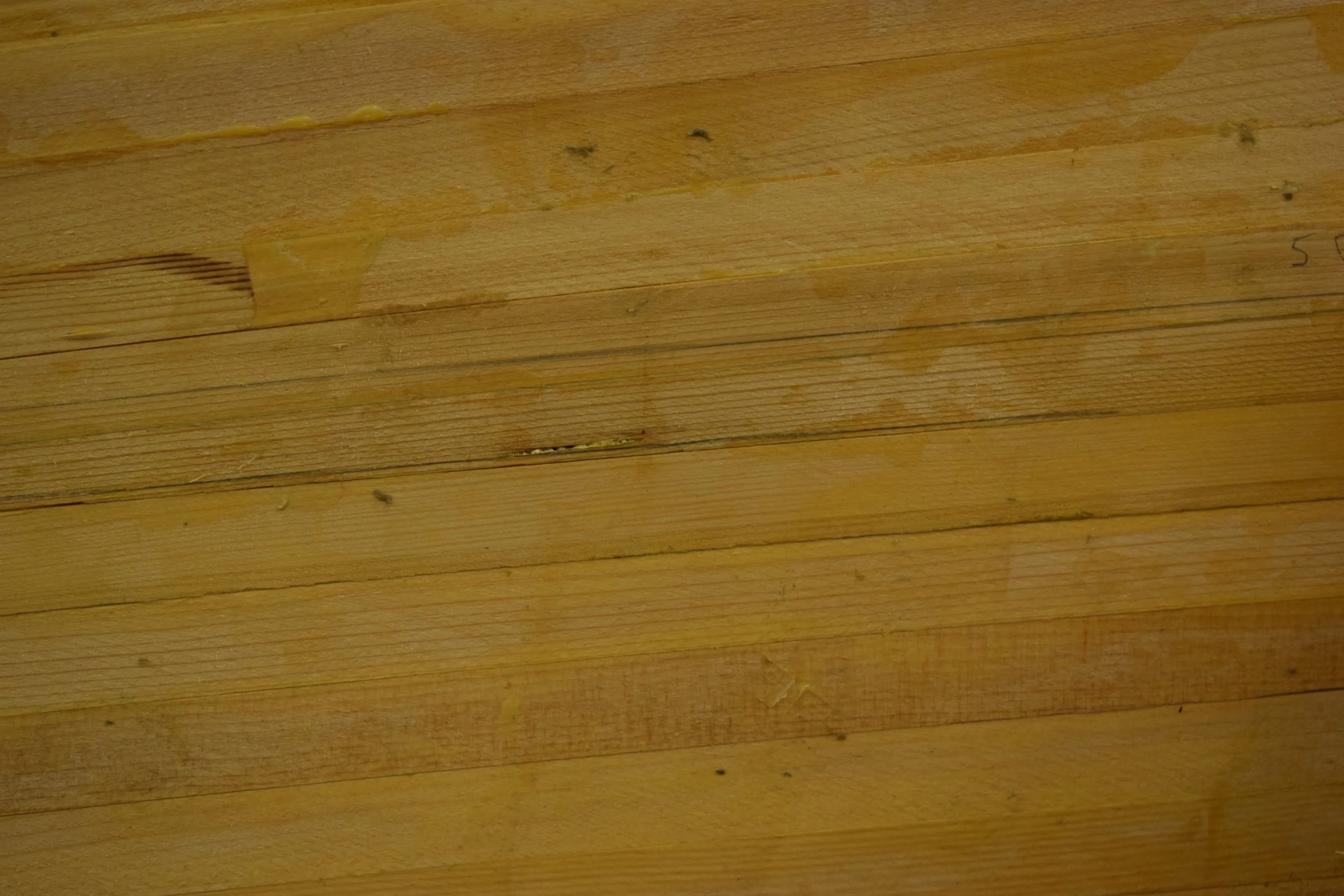A long-running project, I have been spending my ‘free time’ working on a harpsichord - built from scratch.
After over 50 years of work as a builder, restorer, and technician of early keyboard instruments, Allan Winkler is not planning to make any more instruments. I have seen and performed many of his processes and have an inkling of the ingenuity, creativity, and effort that has gone in to creating his legacy-class instruments. I thought it would be a shame if these methods were not documented for some future use. I was thrilled when Allan agreed to let me build an instrument in his shop, using his designs and methods and with his guidance.
The instrument will represent my execution (with Allan’s help) of Allan’s interpretation of the French double-manual harpsichord by Henri Hemsch (c.1736) that currently lives at the Museum of Fine Arts in Boston, MA.
Because this is a labor of love and has no client, this is a ‘back burner’ project, which means it takes as long as it takes. Here, you’ll find some short clips of some of the work. One thing I can say, making this instrument is FUN! The specificity of the goals and the need to get it right create a world where you must slow your work to the pace of the materials. There is no rushing, there is no ‘faster’, successful completion of each step is worth all the care required to do it properly.
This instrument will be available for sale when it’s done…whenever that will be!
Steam-Bending the Bent Side
Here, we’re bending the bent side - a very cool piece of applied technology. I have to imagine it is just as fascinating today as it ever was!
Straight Bridges & Bent Bridges
Here, we are making an 8’ nut bridge - it’s a strange shape in cross section, tapered, and all finished with a handplane. On top of all that, accurate dimensioning is crucial for the function of the instrument.
As is often the case, if the instrument requires one of something we make at least three…one out of a less expensive material to confirm the process and setup are sound and two out of the best choices of the correct material so that we have options when it comes time to assemble the pieces.
Hemsch Bridge Bending
Here we are bending the 4’ and 8’ bridges. Like the bent side, we use heat, moisture, and patience to plasticize the material (Pear-wood in this case) before forcing it into the shape created by the caul.
Building the Hemsch Keyframes
This is a relatively straightforward piece of woodworking for harpischord building. Rails, stiles, jointery, and it’s all square (or it should be!). As usual, all surfaces are finished with a handplane, and glue-ups use the go-bar deck.
A Wrestplank* Glue-Up (*Pinblock)
Spruce
Maple
Linden (“Basswood”)
Spruce
Balanced veneers, centered hearts, clean glue lines.
Long term stability is as important as anything for instruments that share our goals for this one. All of this lumber was originally milled at least 5 years ago. After it was selected from the shelf it was rough-milled to about 125% of its finished dimensions, then stickered and shelved for a few months before working it to final dimensions. All flat sawn cuts are milled so their hearts are centered, and the orientation of those hearts is controlled to stabilized the workpiece.
